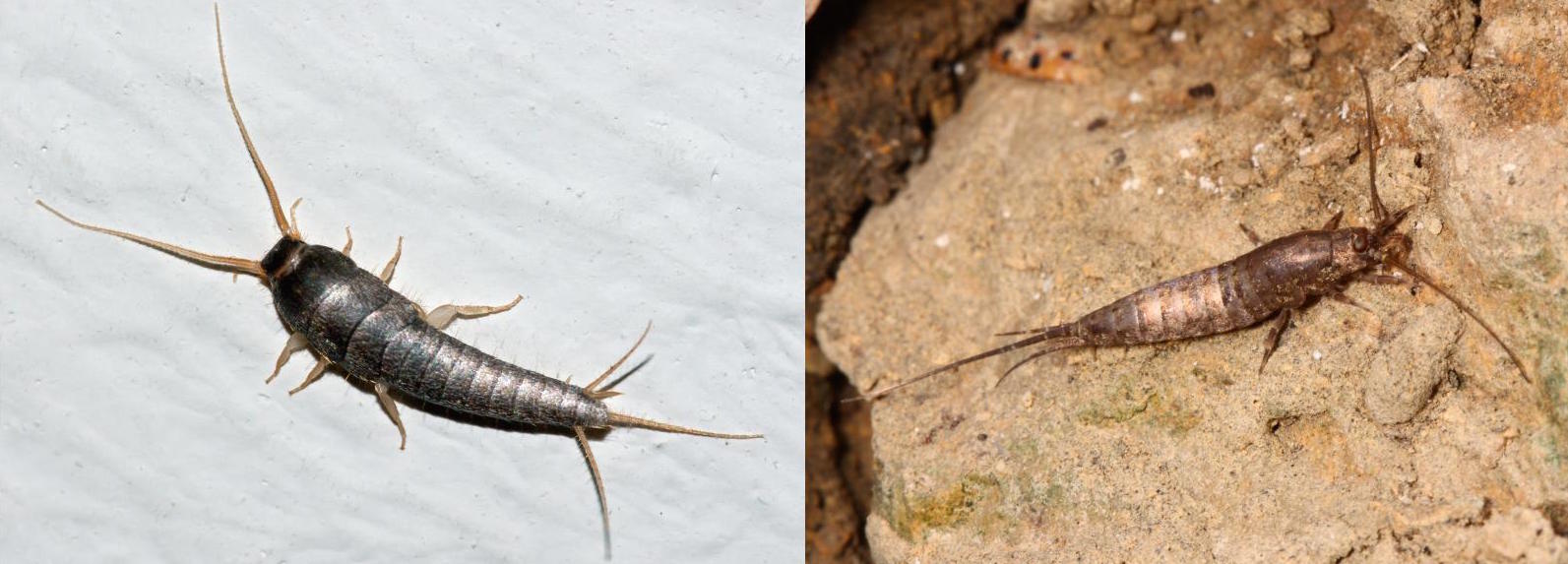Delving into the History of Insects
What comes to mind when you think about insects? For a lot of people, the word sends a shiver up their spine as they imagine the tiny, creeping legs, buzzing wings, stinging tails, and biting fangs. But what those people may not know is that insects comprise one of the most important classes of animal; there are more species of insect than any other animal group, and they can claim being the first animals to achieve many things, including flight and social societies.
Insect evolution is historically poorly understood, and the lack of a well-resolved and supported tree of insects has left researchers with many questions about their evolutionary relationships. For example, how are grasshoppers, crickets, cockroaches, and termites related? Which species are the closest living relatives to Holometabola, the group containing beetles, moths, butterflies, wasps, bees, and ants? What is the timeline of insect evolution? Answering these questions could help us understand how different insect traits evolved, which could reveal insights into the mechanism of evolution itself.

Images: Wikipedia
Scientists with the international 1KITE project set out to answer these questions and more by using phylogenomics to compare 1478 genes among 103 species of insect. First, they sequenced the DNA to find genes that were present in all the species, most of which coded for proteins involved in translation, protein transport, neurogenesis, and other basic cellular functions. Similar to the study of birds that we talked about last time, Misof et al. used improved methods of analysis to reduce errors from such a large dataset. Before analyzing the data, the researchers accounted for possible sources of bias by removing confounding factors; for example, they removed any data that violated the assumption that evolution is a time-reversible process. They then discarded any sequences that were misaligned and generated their tree with maximum likelihood models as well as a partitioning scheme to improve the accuracy of the assumed model of evolution. Using data from two sources, nucleotides and amino acid sequences, the researchers generated two matching phylogenetic trees.
The new phylogenetic tree was able to answer many questions about insects with a higher statistical confidence than previous studies:
- Earwigs, ground lice, stoneflies, crickets, gladiators, ice crawlers, webspinners, stick and leaf insects, praying mantids, and termites comprise a branch on the tree (a monophyly) called Polyneoptera, a hypothesis proposed in previous studies.
- The study proposed the new conclusion that lice are the closest living relatives to beetles, moths, butterflies, wasps, bees, and ants.
- Insects originated around 479 million years ago, a finding that contradicts previous estimates of about 400 million years ago.
- Insects inhabited land at about the same time as plants (around 450 million years ago) and developed flight after they had established colonies, corroborating a 2013 study.
- Remipedia, a class of blind crustaceans found in caves, is the closest living species to insects, confirming prior studies.
- Silverfish comprise their own branch on the tree, as other recent studies have proposed, implying that they evolved to lose their head endoskeleton, leg-like structures called styli, and the sacs on their legs (coxal vesicles) in parallel to but separately from winged insects.
While many of the conclusions drawn by the new study are not completely new findings, the history of insect evolution is controversial and relationships previously proposed lacked certainty. The ability of the 1KITE researchers to confirm and deny these relationships with such high confidence shows the power of genomic analysis. But as with the recent bird phylogeny paper, the methods of analysis had to change to accommodate a larger dataset; specifically, confounding factors that could lead to biased conclusions were a larger concern than for previous studies. Jarvis et al. chose with their bird analysis to modify their programs to create a better phylogenetic tree, while Misof et al. removed data with these confounding factors during analysis. It remains to be seen which genomic data analyses produce the best results, but what we do know is that genome sequencing will play a major role in future phylogenetic studies of all species.
This series is supported by NSF Grant #DBI-1356548 to RA Cartwright.
